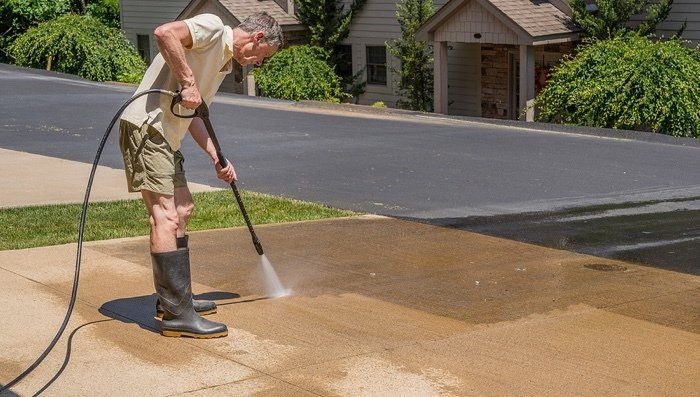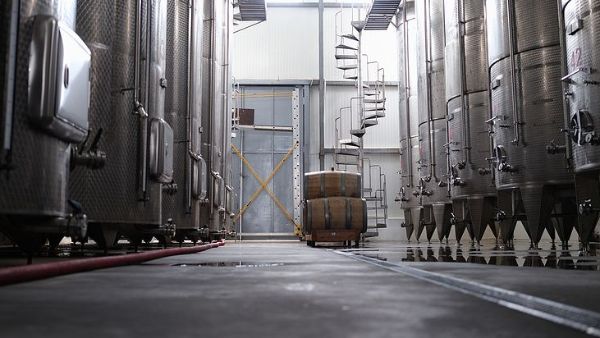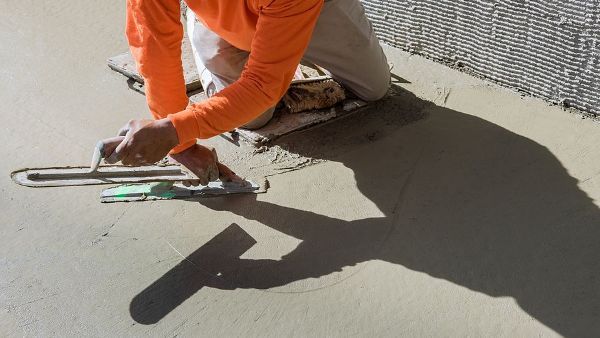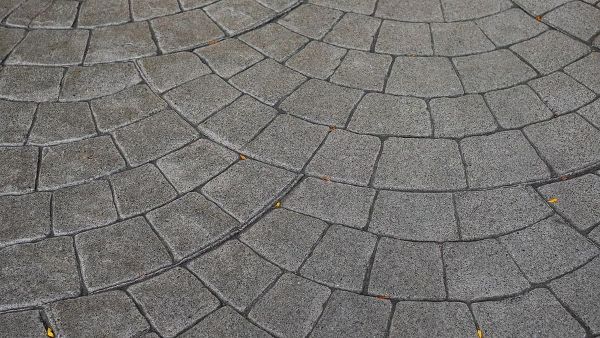Can You Damage a Concrete Driveway With a Pressure Washer?
Learn How To Pressure Wash Concrete Correctly
When the concrete on your property is coated with dirt, mildew or oil stains, you can use a pressure washer to transform it into a sparkling clean surface that looks brand new. Cleaning concrete with a hose makes it look better, but the hose will not remove caked-on grime or heavy staining. Pressure washers eliminate hard-to-remove stains and minimize the need for using a deck brush for scrubbing. Although the machines are incredibly efficient, they emit high-pressure water that can damage surfaces if the proper procedures aren’t followed. By following the correct techniques for pressure washing, you can clean concrete driveways without causing damage.
Which Pressure Washer To Choose
Pressure washers come in various sizes and psi ratings, but you do not need a top-of-the-line machine to clean a residential driveway. Electric models can save you a trip to the gas station, but they’re not as powerful as gas models and require a rugged extension cord to operate. Electric washers typically provide 1400-1700psi, and gas models produce 2000-3000psi.
A powerful electric washer can clean concrete if it isn’t saturated with mildew and grime. Oil stains, paint and stubborn mildew stains are more challenging to remove with low pressure, and you can clean a driveway faster with a gas-powered machine that runs around 2000 psi. Gas models run better on ethanol-free fuel, but if that’s not an option, use regular low-octane gas.
How To Prepare the Surface Before Pressure Washing
Pressure washing kicks ups dirt and small rocks that can cause damage to nearby equipment, furniture or vehicles. Before washing, clear the area around the driveway of any nearby dog toys or lawn tools to prevent damage. Shrubs and plants next to the driveway can be covered with a drop cloth. If you’re using a supplemental detergent with your washer, it can harm the vegetation if it’s not covered. For tough oil or chemical stains on the concrete, you can use a degreaser to break up the stain before washing. Allow the degreaser to sit for 45 minutes to an hour and scrub lightly with a wire brush.
Keep your pets inside and ask your family members to avoid the area while you’re cleaning. The powerful spray from the machine can cause significant injuries to you or others if you’re not careful.
The Proper Method for Washing Concrete
Selecting the appropriate nozzle and properly holding the wand can prevent damage to your driveway. Use a wide nozzle for cleaning concrete that covers more surface area. The narrow nozzles are designed for removing tough stains in cramped spaces, but the stream can etch into the concrete if used on a driveway. Before operating the washer, put on a pair of safety goggles to protect your eyes from flying debris. Before cranking up the pressure washer, pull the trigger on the wand to release the residue air pressure. Built-up pressure can damage the wand and dislodge the gaskets in the hose connections.
Rain boots, hiking boots or waterproof shoes are handy also since you’ll be surrounded by puddles of water. You can use a squeegee to move the water to the street if it pools up in low spots on the driveway. Keep the wand 12 to 18 inches from the surface while you’re spraying, and move the spray back and forth as you move. To keep the machine running smoothly, try not to run the engine for more than three or four minutes when the wand trigger isn’t engaged.
What To Do if Damage Occurs
Sometimes, even when you’re careful, mistakes can happen. If you damage your concrete with a pressure washer, you can contact RTS Construction for quality repairs and concrete solutions.





